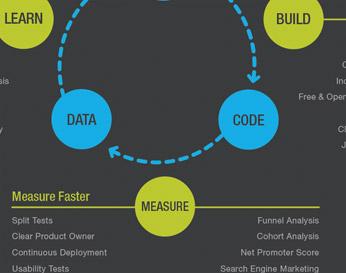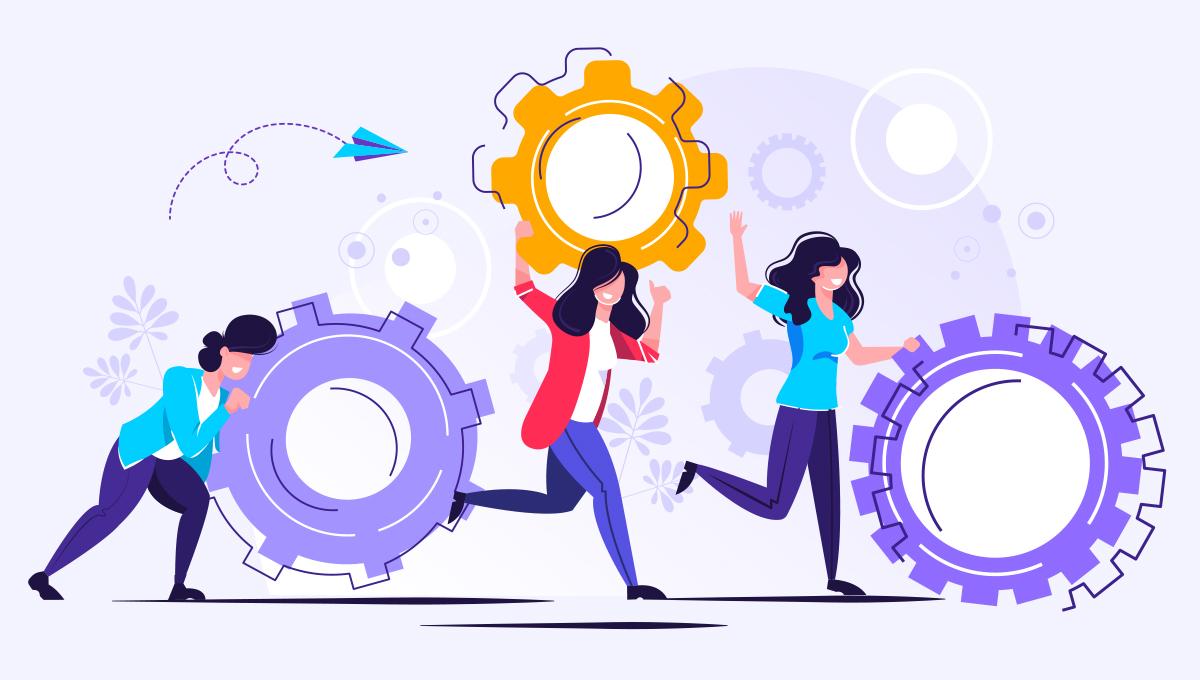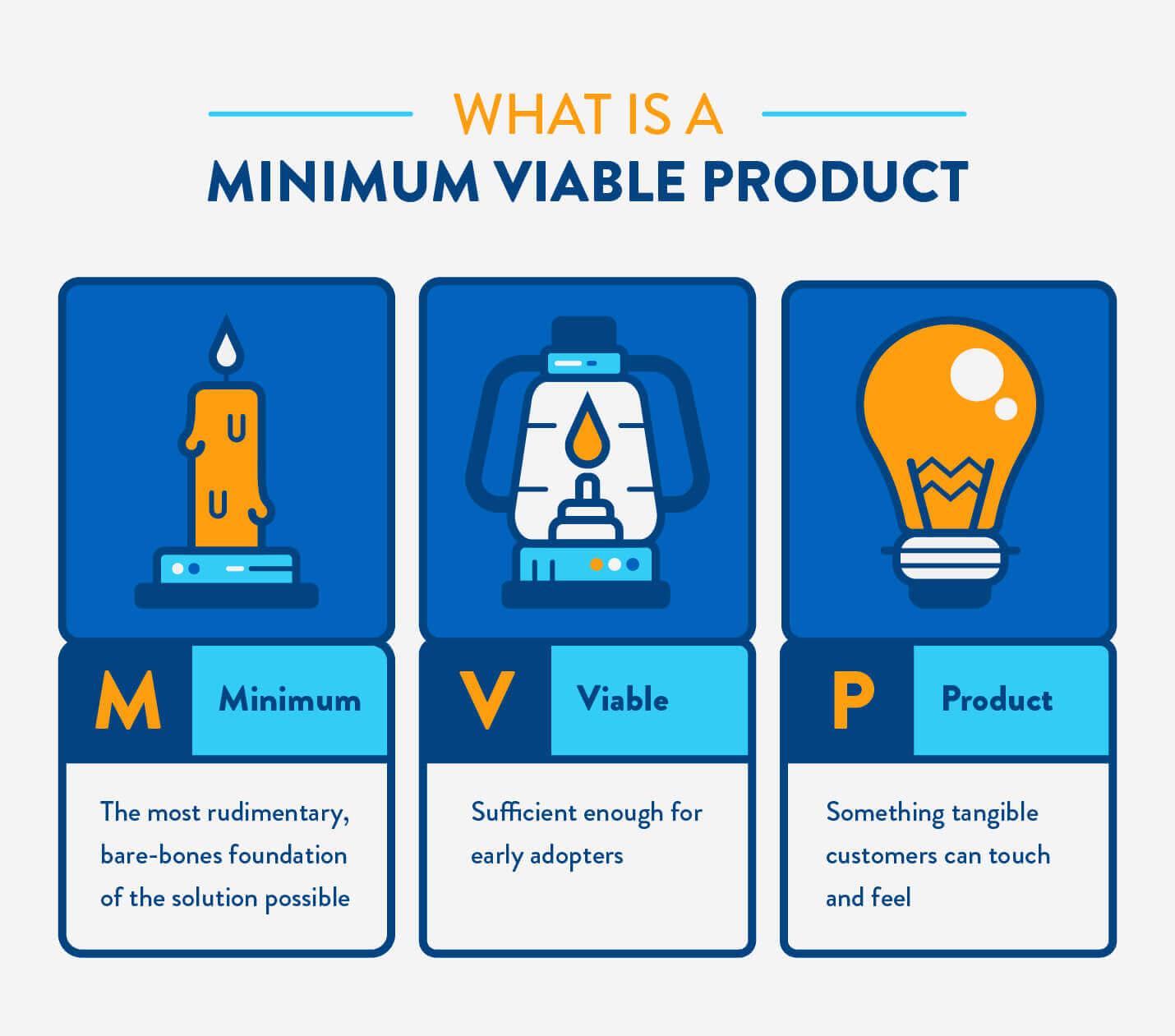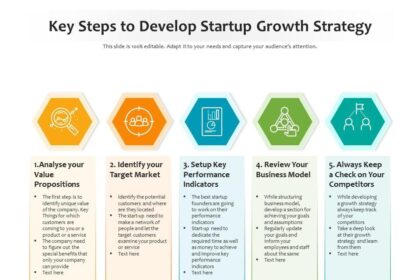In an era defined by rapid technological advancements and an ever-changing market landscape, the quest for innovative solutions has never been more critical. Enter the Lean Startup Method, a framework that has empowered countless entrepreneurs to transform nascent ideas into thriving enterprises. This approach—rooted in agile principles and a relentless focus on customer feedback—challenges traditional notions of business development, inviting startups to embrace experimentation and adaptability. In this exploration of “Navigating Innovation,” we will unveil the core tenets of the Lean Startup Method, tracing its evolution and dissecting its strategies. By examining real-world applications and success stories, we aim to illuminate how this methodology can serve as a compass for those seeking to navigate the tumultuous waters of entrepreneurship in the 21st century. Join us as we embark on a journey to understand how smart, iterative practices can not only foster breakthrough ideas but also ensure sustainable growth in an unpredictable world.
Understanding the Lean Startup Methodology for Effective Innovation
The Lean Startup methodology is a pioneering approach that enables entrepreneurs to innovate and grow rapidly by focusing on continuous learning and adaptation. Central to this framework is the idea of validated learning, which emphasizes testing hypotheses as a means of developing products that truly meet customer needs. Instead of relying on extensive upfront planning, Lean Startup encourages teams to build minimum viable products (MVPs)—essential versions of a product that allow for immediate market feedback. This invaluable feedback loop helps entrepreneurs refine their offerings without investing heavily in features that potential customers may not even want.
Key principles of the Lean Startup method revolve around three main components: Build, Measure, Learn. This iterative cycle fosters a culture of experimentation and responsiveness, ensuring that businesses can pivot or persevere based on empirical evidence. By employing actionable metrics rather than vanity metrics, startups can make informed decisions about their product strategies. The approach not only reduces the risk associated with launching new products but also accelerates innovation timelines, allowing organizations to remain agile in a volatile marketplace. Here are some essential takeaways that illustrate the essence of this approach:
- Customer-Centric Focus: Directly address user needs through feedback.
- Rapid Iteration: Develop products in short cycles to facilitate learning.
- Hypothesis-Driven Development: Treat development as experiments that can be validated.

Embracing Experimentation: Building a Culture of Continuous Learning
In the fast-paced landscape of modern business, fostering a mindset that embraces experimentation is crucial for innovation. Leaders must not only advocate for this approach but also create an environment where employees feel safe to explore new ideas without the fear of failure. Encouraging teams to think outside the box leads to breakthroughs that can significantly elevate a company’s success. This culture of allowing calculated risks and celebrating learnings, rather than just results, encourages resilience and adaptability. As teams iterate through their projects, they cultivate invaluable insights that can steer the entire organization toward higher effectiveness.
To truly harness the benefits of continuous learning, businesses can implement structured methodologies such as Lean Startup, which emphasizes validated learning. Teams can benefit from the following practices:
- Conducting short, iterative cycles of product development.
- Gathering feedback from real users to refine ideas.
- Using metrics to gauge success and pivot as necessary.
The goal is to build a feedback loop that drives improvement and innovation over time. Consider the table below as an overview of the key components that support this learning culture:
| Component | Purpose |
|---|---|
| Fail Fast | To identify flaws and learn quickly. |
| User Feedback | To ensure products meet real needs. |
| Iterative Development | To refine ideas based on ongoing insights. |

Metrics that Matter: Leveraging Data to Drive Decision-Making
In the rapidly changing landscape of startups, harnessing the right metrics is crucial to navigate the seas of innovation effectively. Identifying key performance indicators (KPIs) allows entrepreneurs to monitor their progress and iterate on their ideas efficiently. Important metrics might include:
- Customer Acquisition Cost (CAC) – Understanding the cost-effectiveness of attracting new customers.
- Customer Lifetime Value (CLV) – Estimating the long-term value of each customer relationship.
- Monthly Recurring Revenue (MRR) – Gaining insight into predictable income streams.
These metrics not only provide a snapshot of startup health but also guide proactive decision-making. Utilizing tools like A/B testing allows startups to refine their offerings based on real user feedback. By analyzing metrics such as user engagement and conversion rates, founders can warp their strategies to better serve their audience. Taking this further, a structured approach to data visualization can make complex data more digestible; for instance:
| Metric | Importance | Action |
|---|---|---|
| Net Promoter Score (NPS) | Measures customer satisfaction and loyalty. | Focus on enhancing user experience. |
| Churn Rate | Indicates the rate at which customers leave. | Develop retention strategies. |
| Growth Rate | Tracks how quickly a startup is scaling. | Adjust marketing efforts accordingly. |

Scaling Success: Strategies for Sustainable Growth and Adaptation
To achieve sustained growth in the fast-paced world of innovation, businesses must embrace adaptability as a core principle. The Lean Startup Method champions the idea that experimentation and customer feedback are integral to scaling effectively. This approach encourages startups to establish a minimum viable product (MVP) that serves as a testing ground, allowing entrepreneurs to gather valuable insights quickly. By focusing on rapid iteration and learning, companies can minimize waste, shift strategies based on real data, and improve product offerings continuously. Essential practices include:
- Engaging customers early to validate ideas
- Implementing short development cycles
- Utilizing analytics to direct product adjustments
Incorporating the Lean Startup principles not only enhances innovation but also aligns with sustainable growth objectives. As teams evolve their products based on user feedback, they gain a deeper understanding of market needs, which informs future decisions. Creating a culture of open communication and collaboration within teams fosters an environment where experimentation is encouraged. An effective way to illustrate this growth strategy is through a simple representation of the cycle of learning, which can be presented as follows:
| Phase | Action | Outcome |
|---|---|---|
| Build | Create an MVP | Initial market entry |
| Measure | Gather user feedback | Data-driven insights |
| Learn | Refine product | Enhanced customer value |
Concluding Remarks
As we conclude our exploration of the Lean Startup Method, it’s clear that innovation is not merely a buzzword; it’s an art form shaped by careful planning, experimentation, and adaptation. This approach empowers entrepreneurs to challenge assumptions, pivot in the face of new evidence, and forge a pathway through the unpredictable terrain of the market.
The journey of building a startup is rarely linear, but by embracing the principles of lean methodology—validating ideas, building minimally viable products, and learning through customer feedback—founders can harness the chaos to push their ideas from concept to reality. Armed with the tools and insights shared in this article, both seasoned and aspiring innovators can turn uncertainty into a driving force for growth and success.
In a world where change is the only constant, the Lean Startup Method stands out as a lighthouse, guiding entrepreneurs through the murky waters of innovation. As you embark on your own journey, remember that every setback is a lesson, and every pivot is an opportunity. Embrace the process, trust in your ability to adapt, and you may just find your own unique path to breakthrough innovation. Stay curious, keep experimenting, and let the spirit of ingenuity lead the way.



